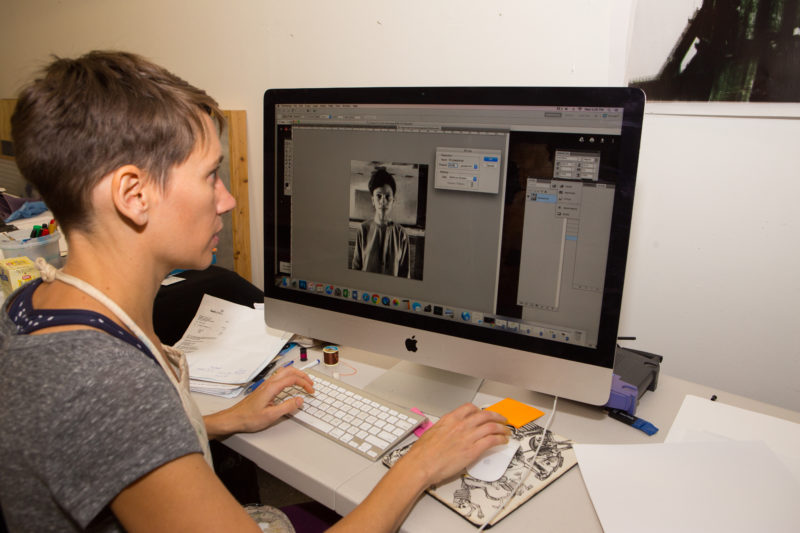The following assessments can be used for this lesson using the downloadable assessment rubric.
- Communication 4
- Creative process 3
- Creative process 5

Photo by Sean Carroll
When all groups are finished, hang up the film positives and discuss as a class:
The following assessments can be used for this lesson using the downloadable assessment rubric.